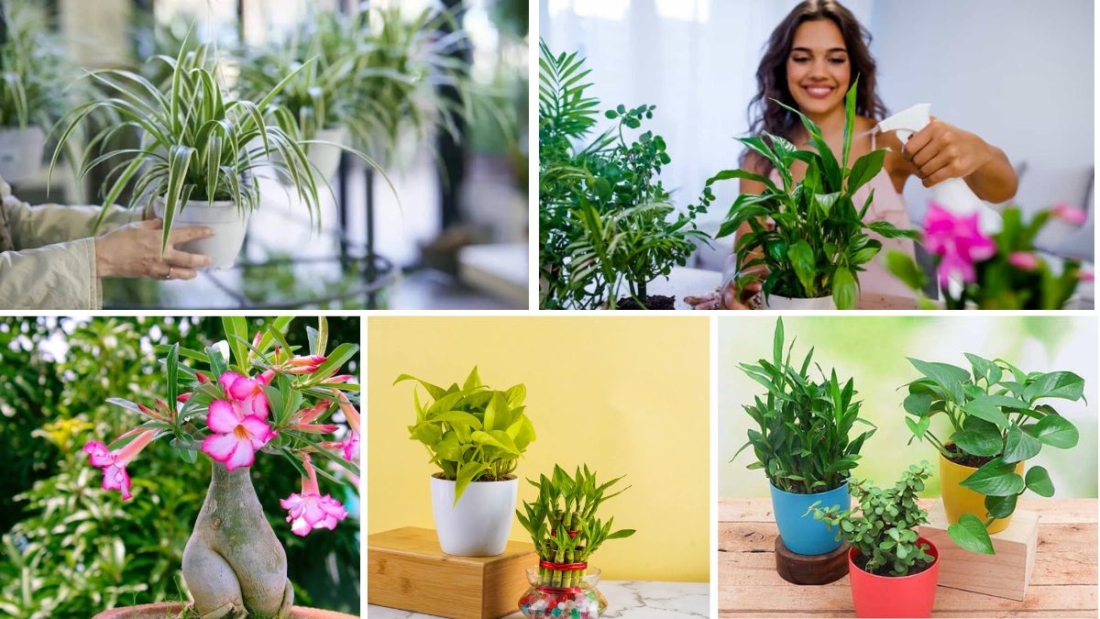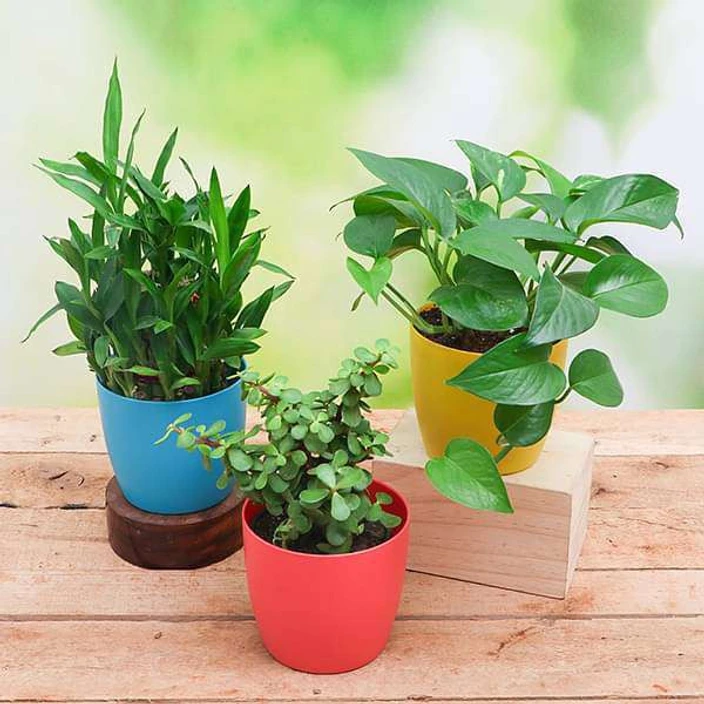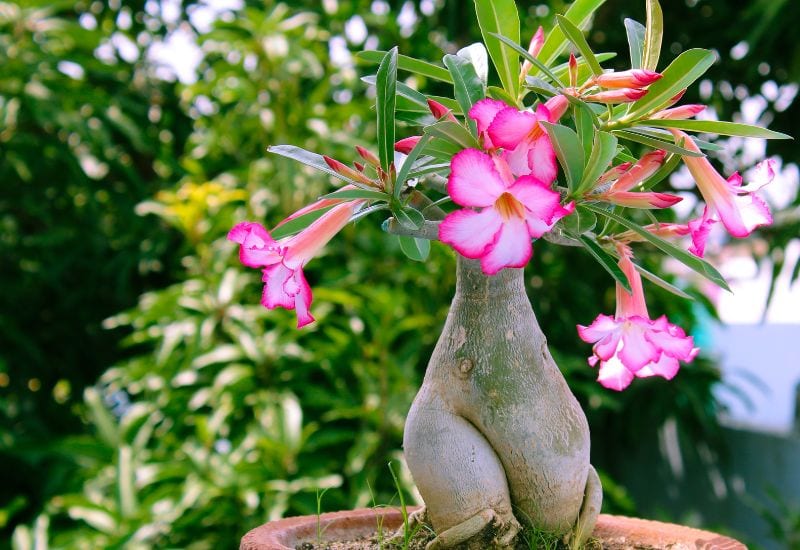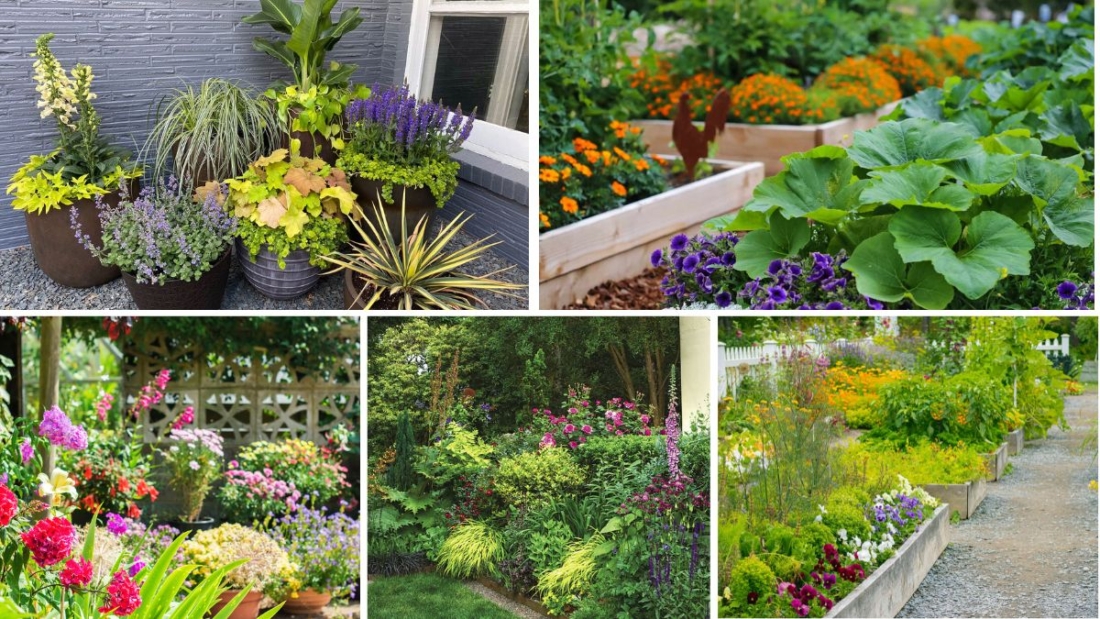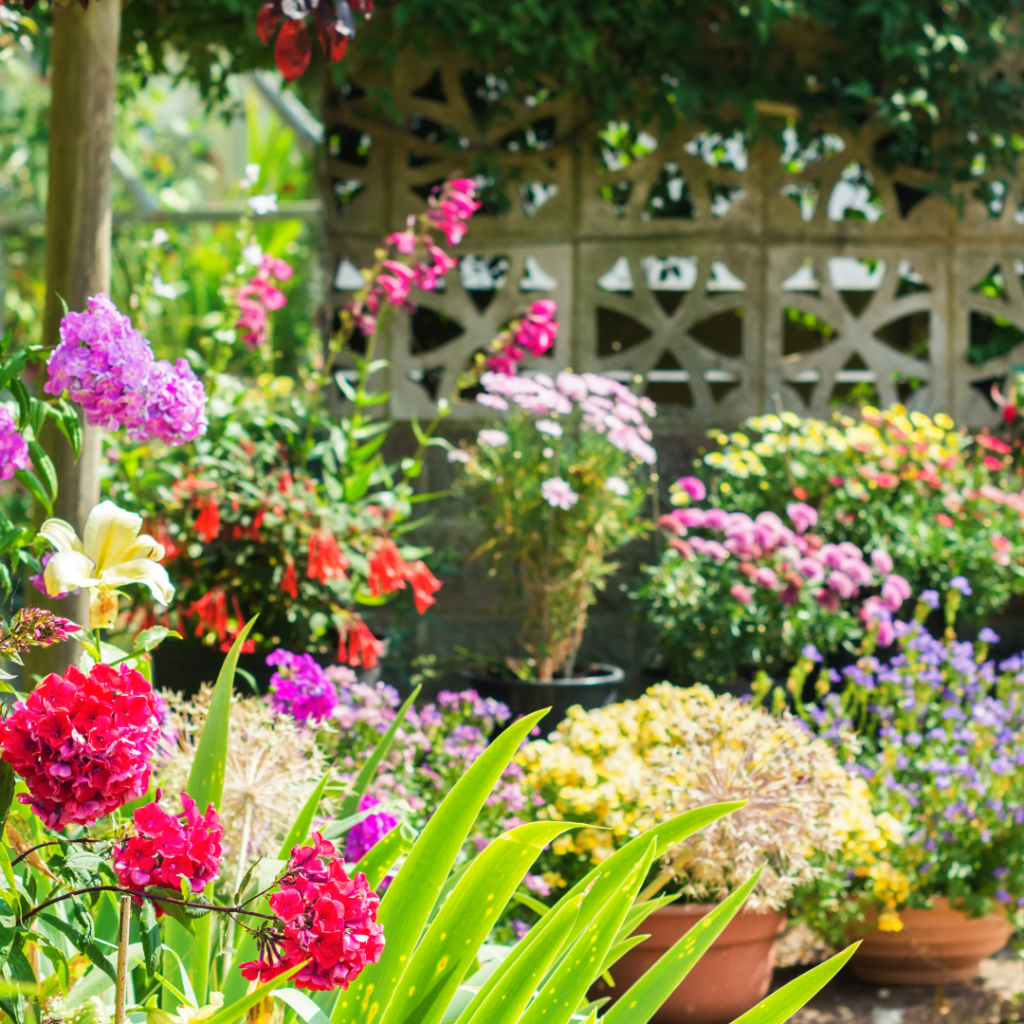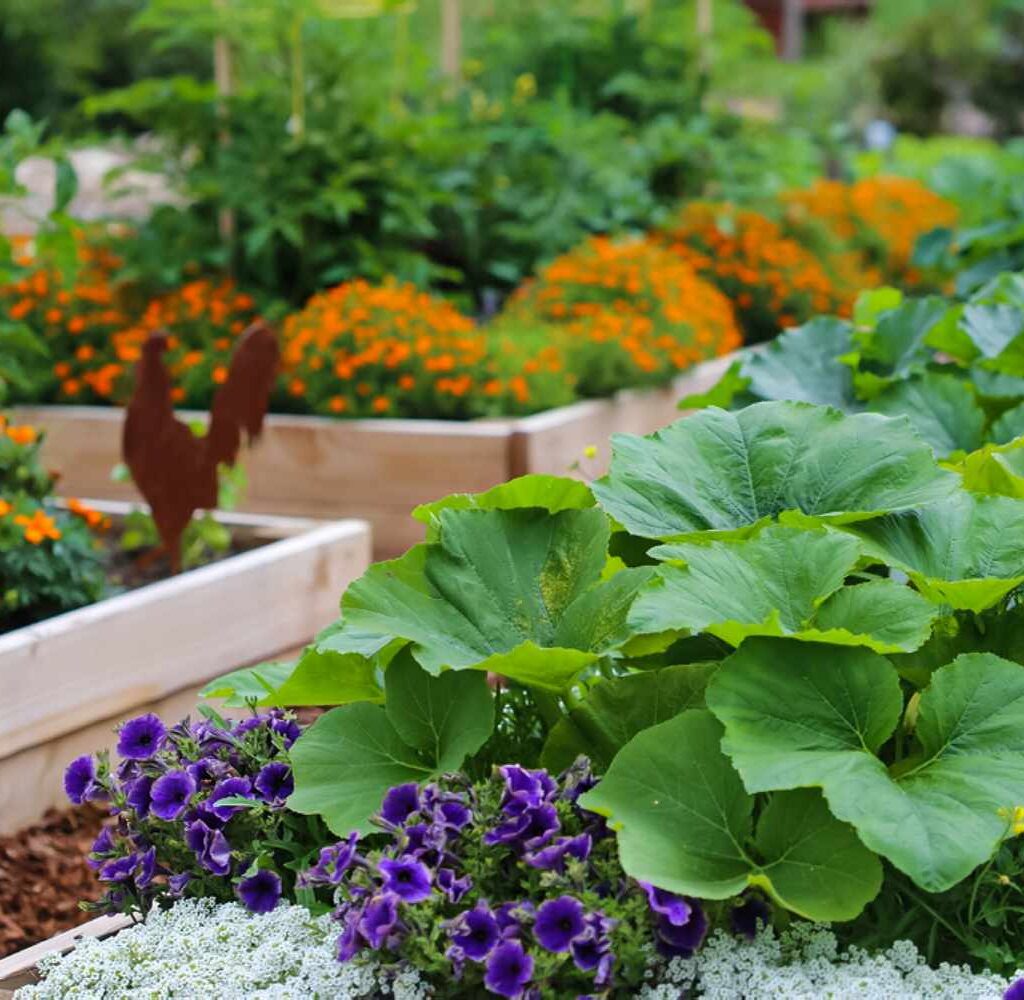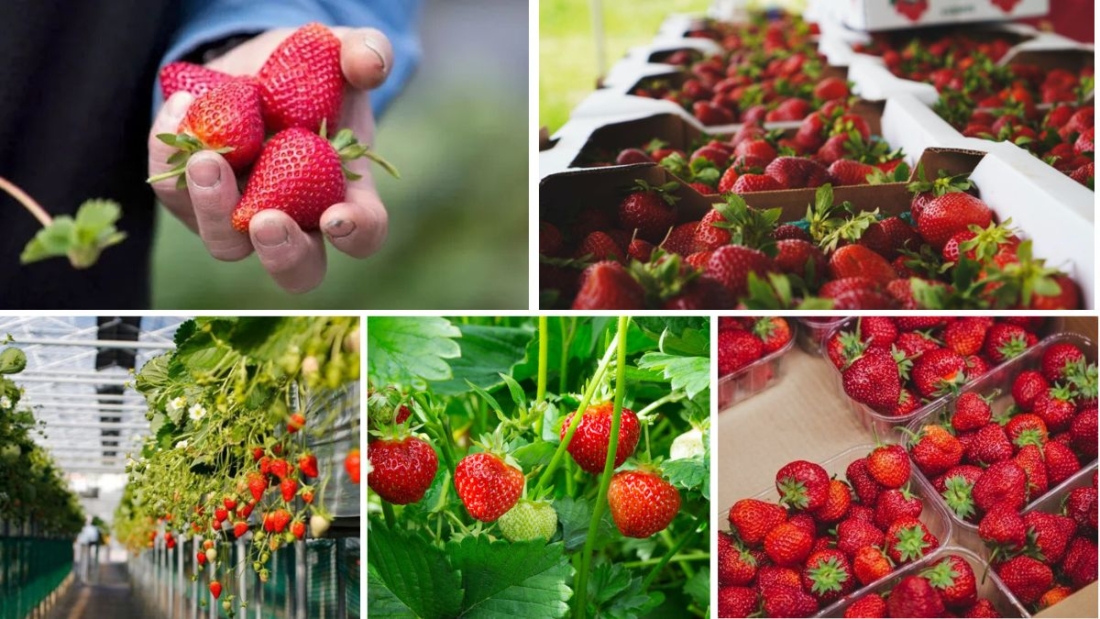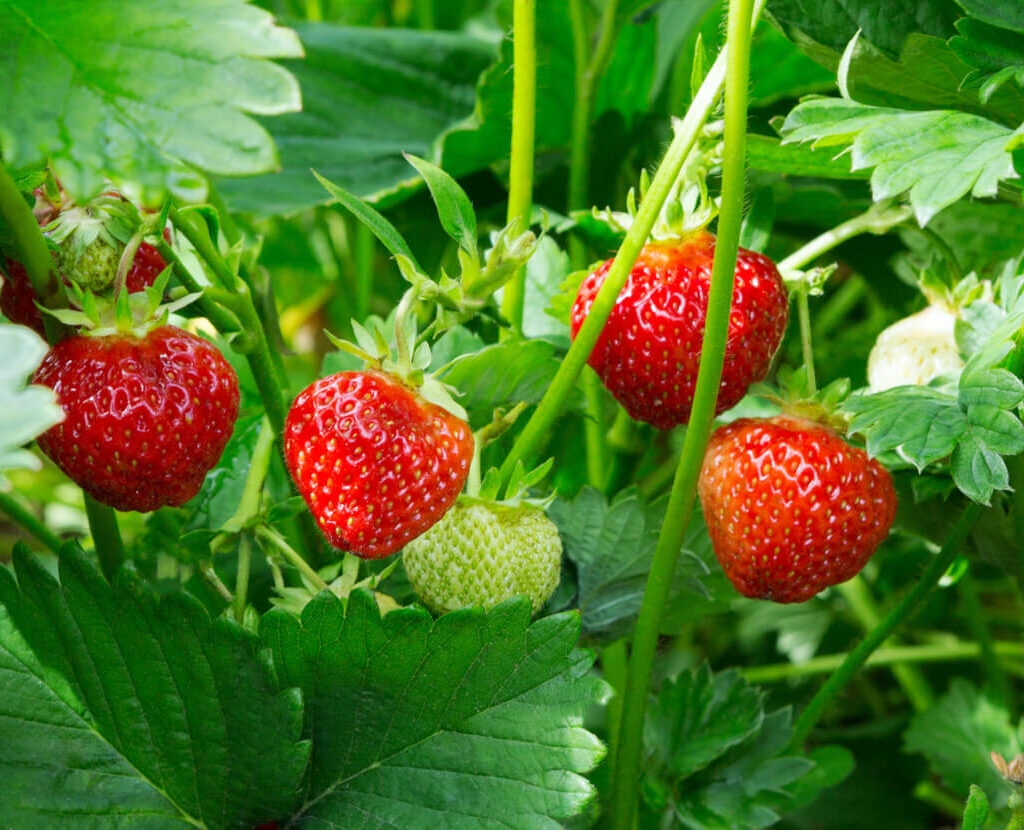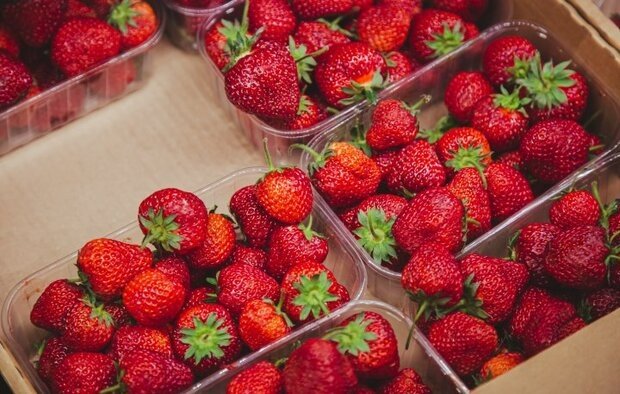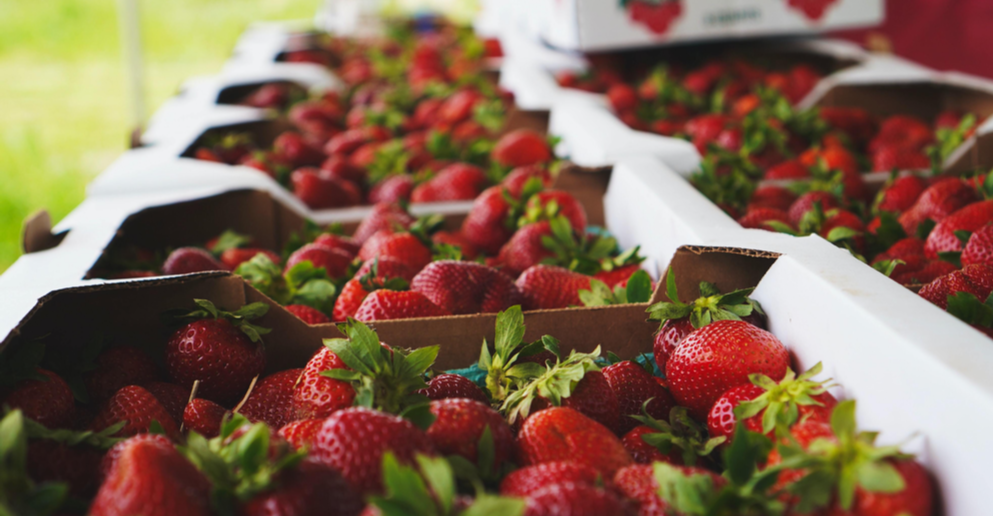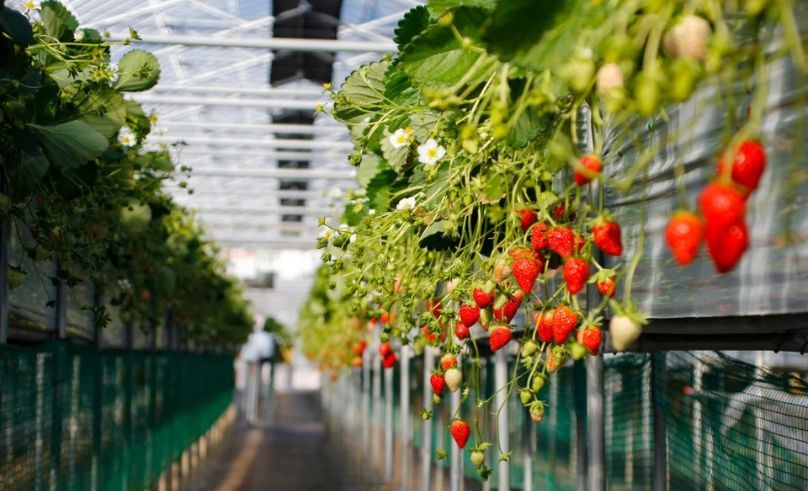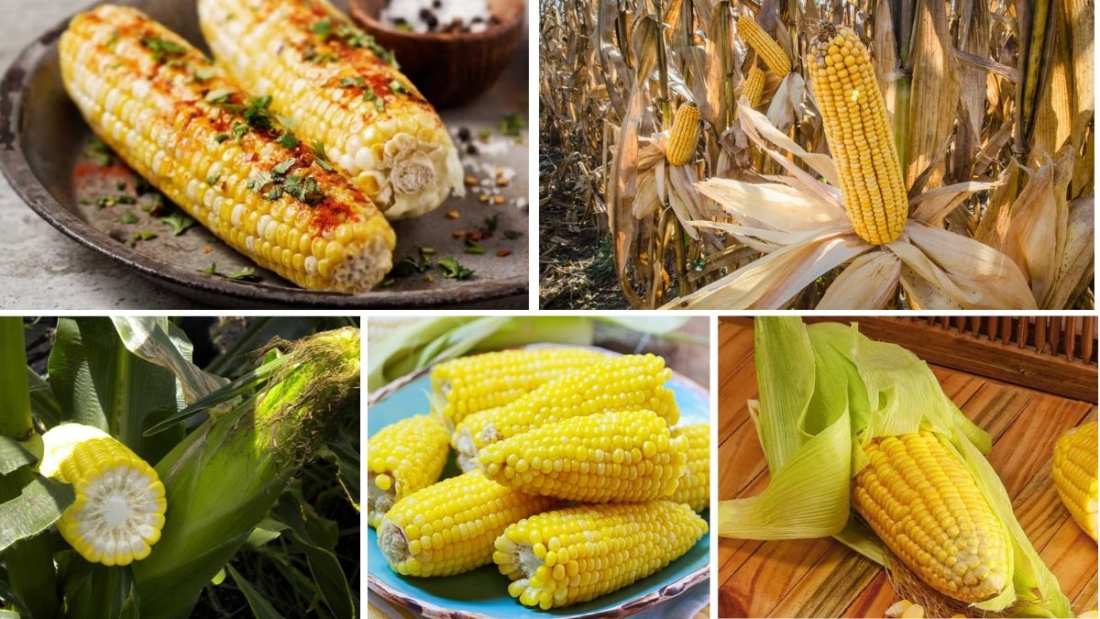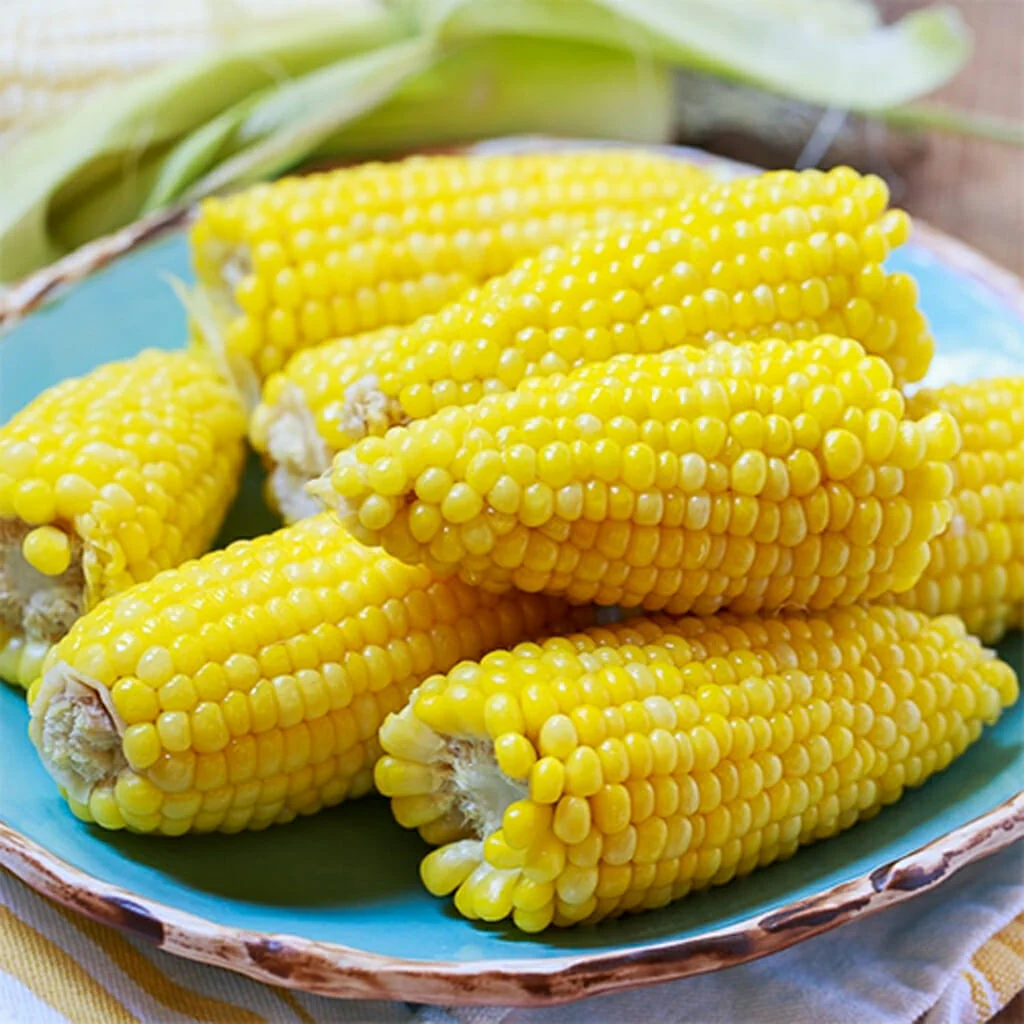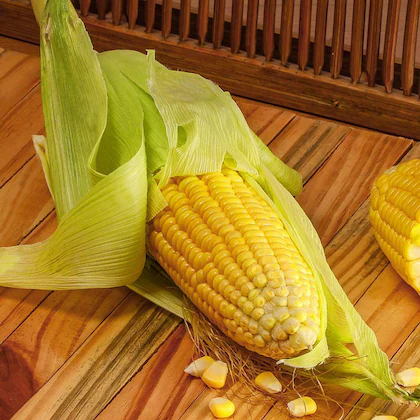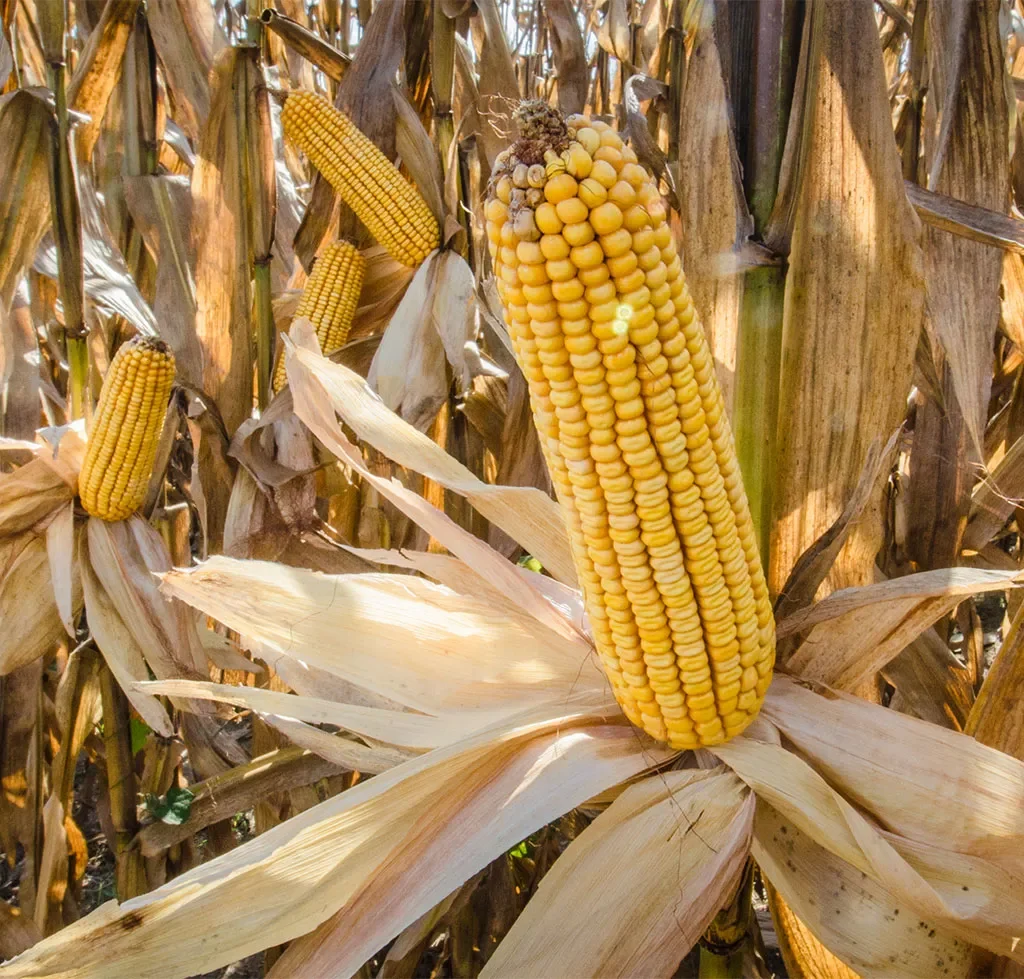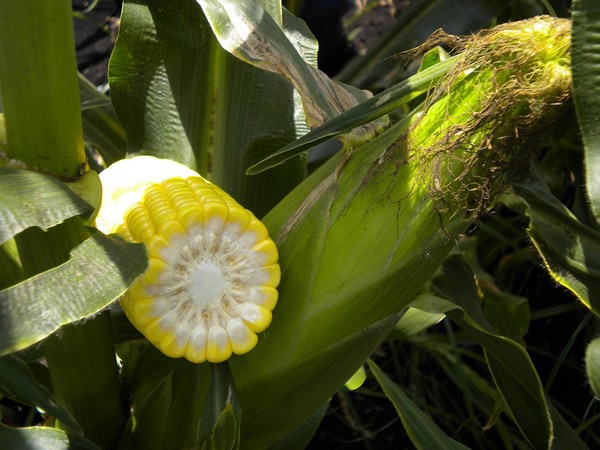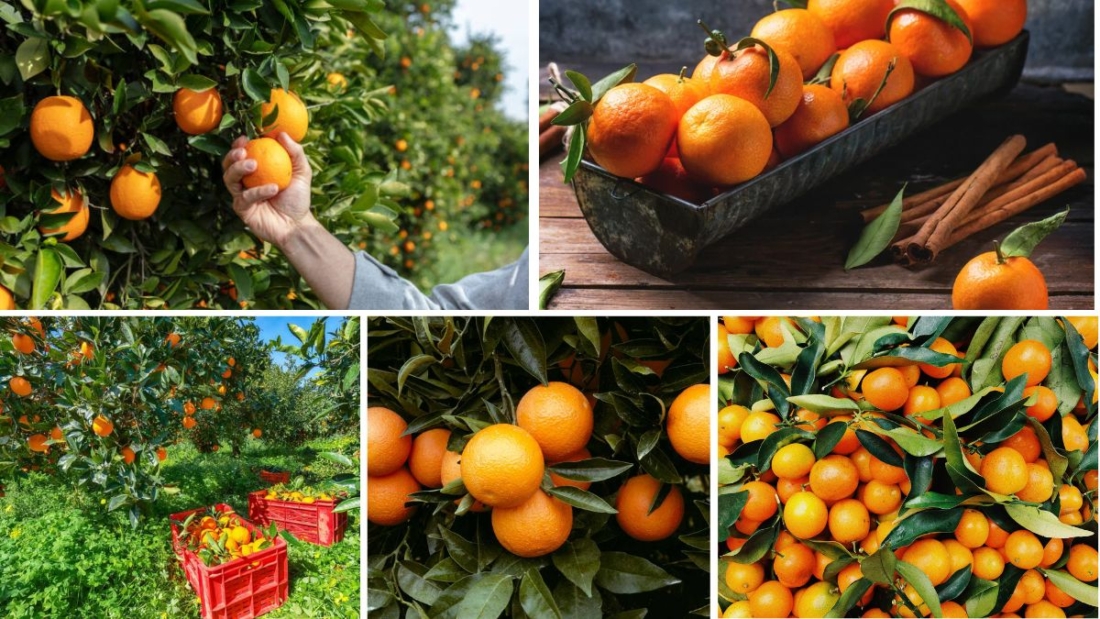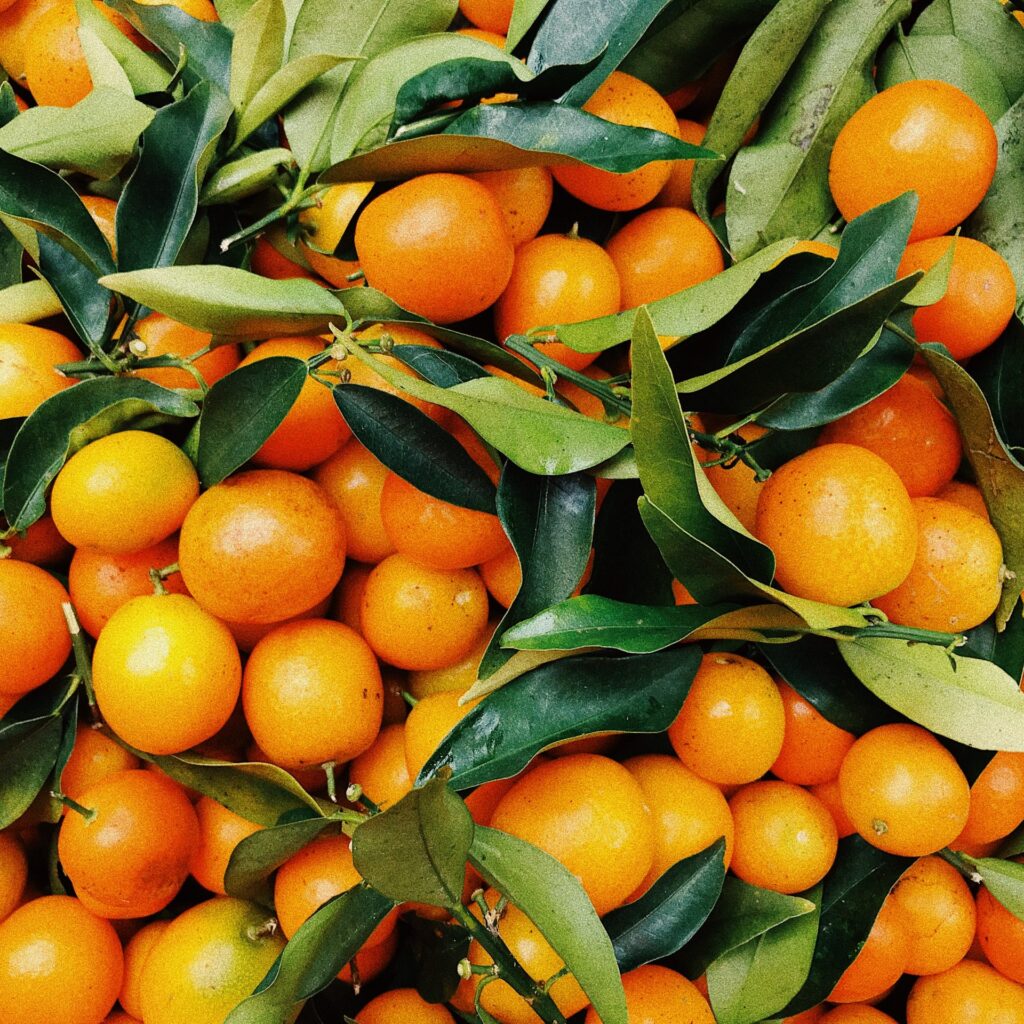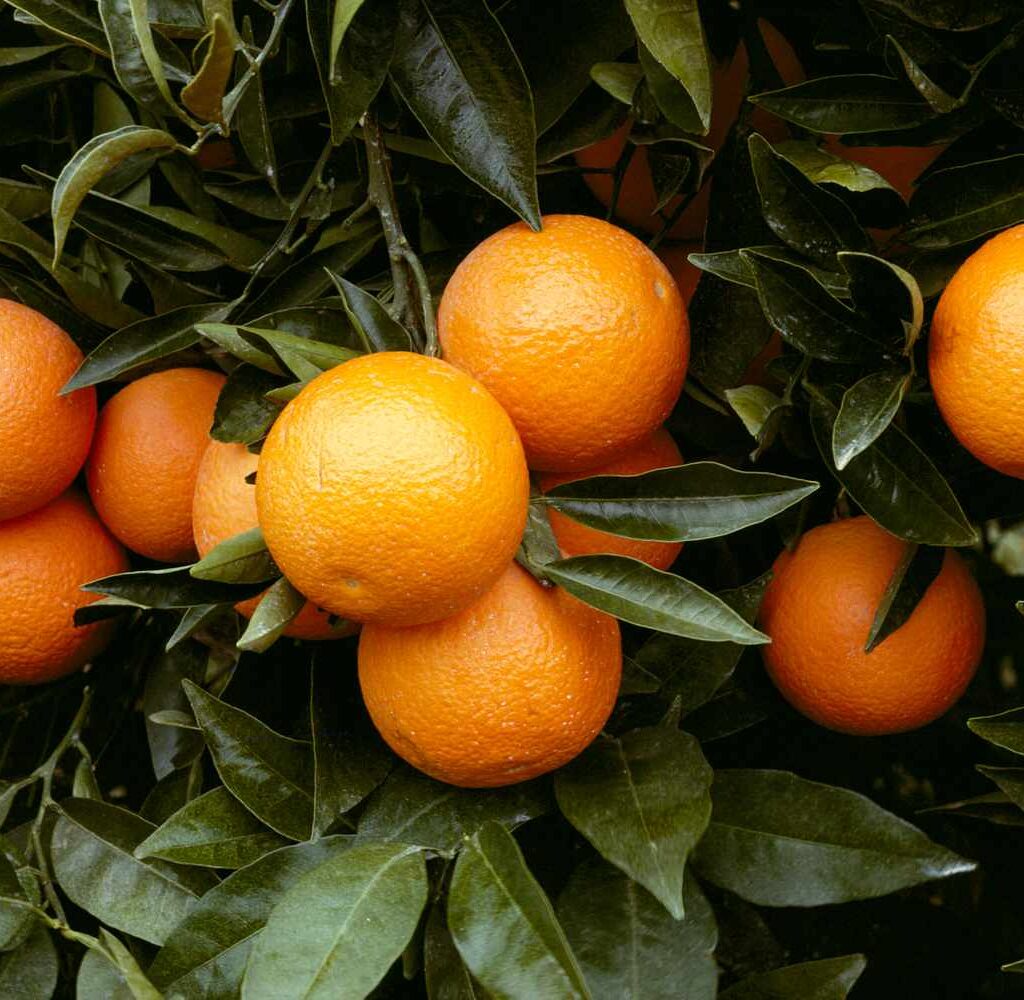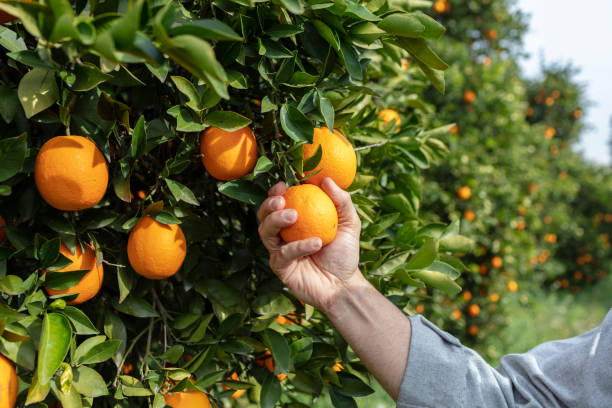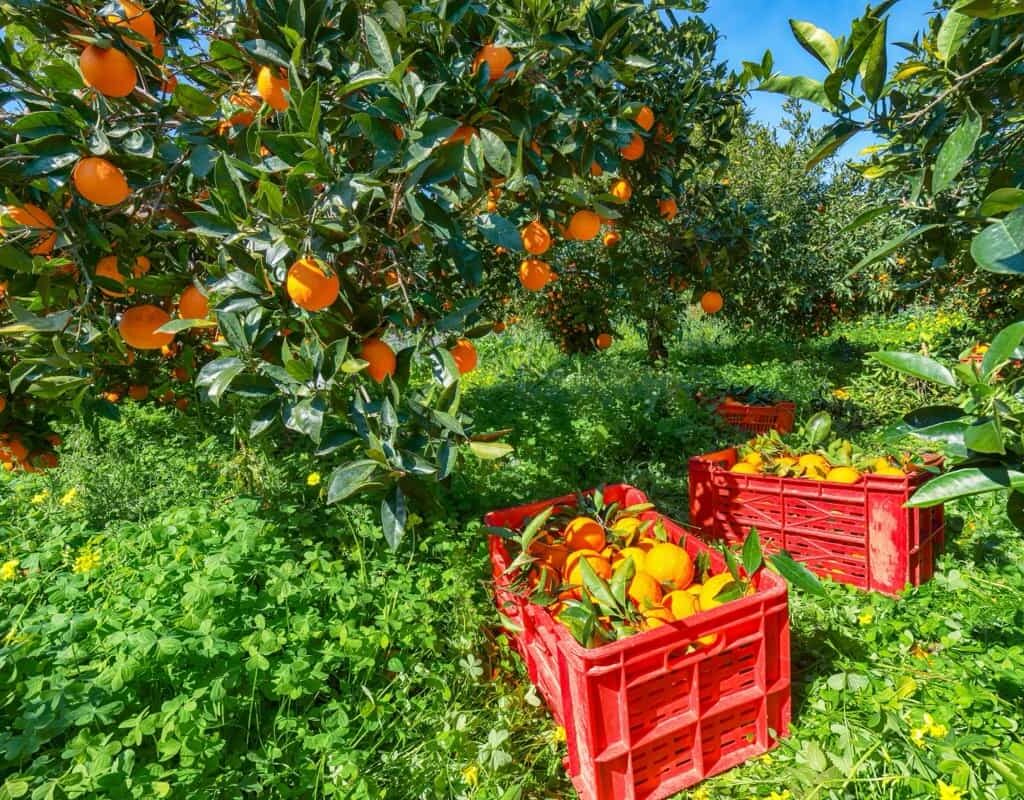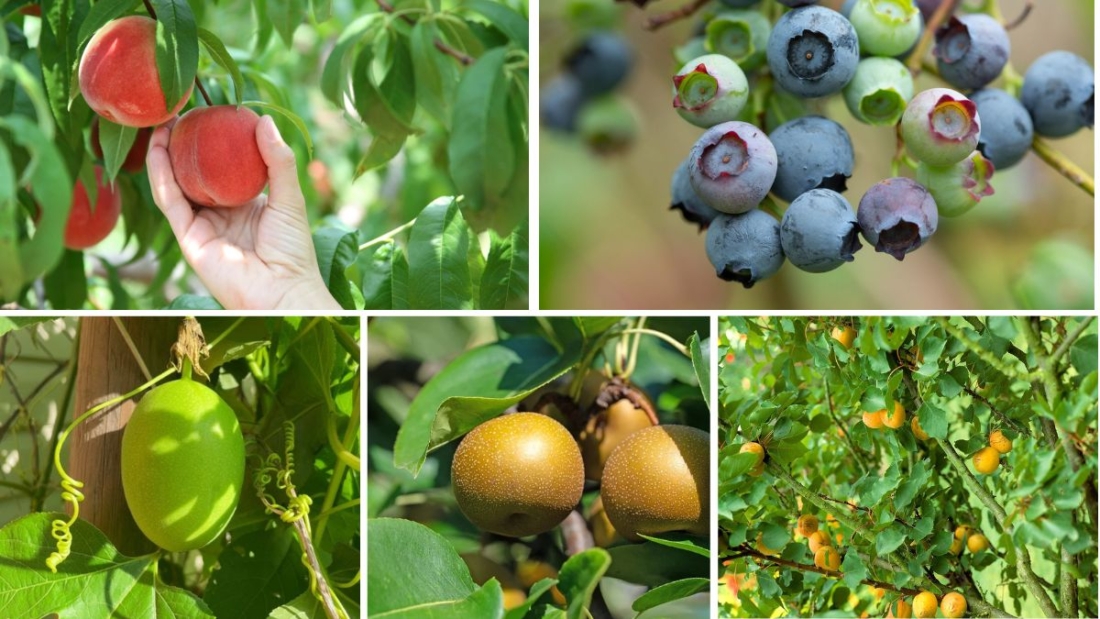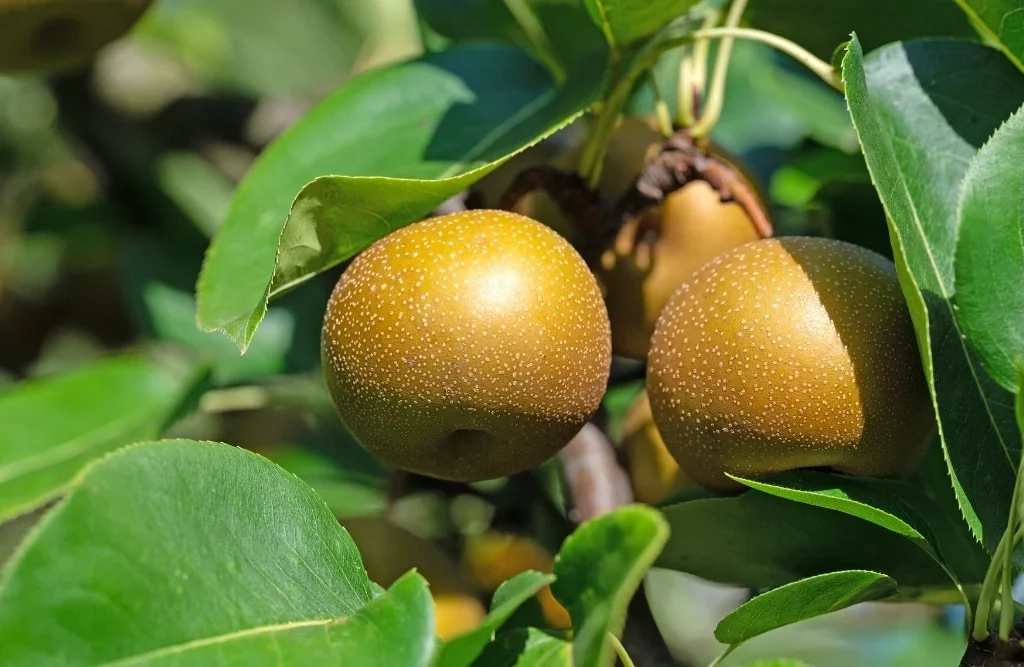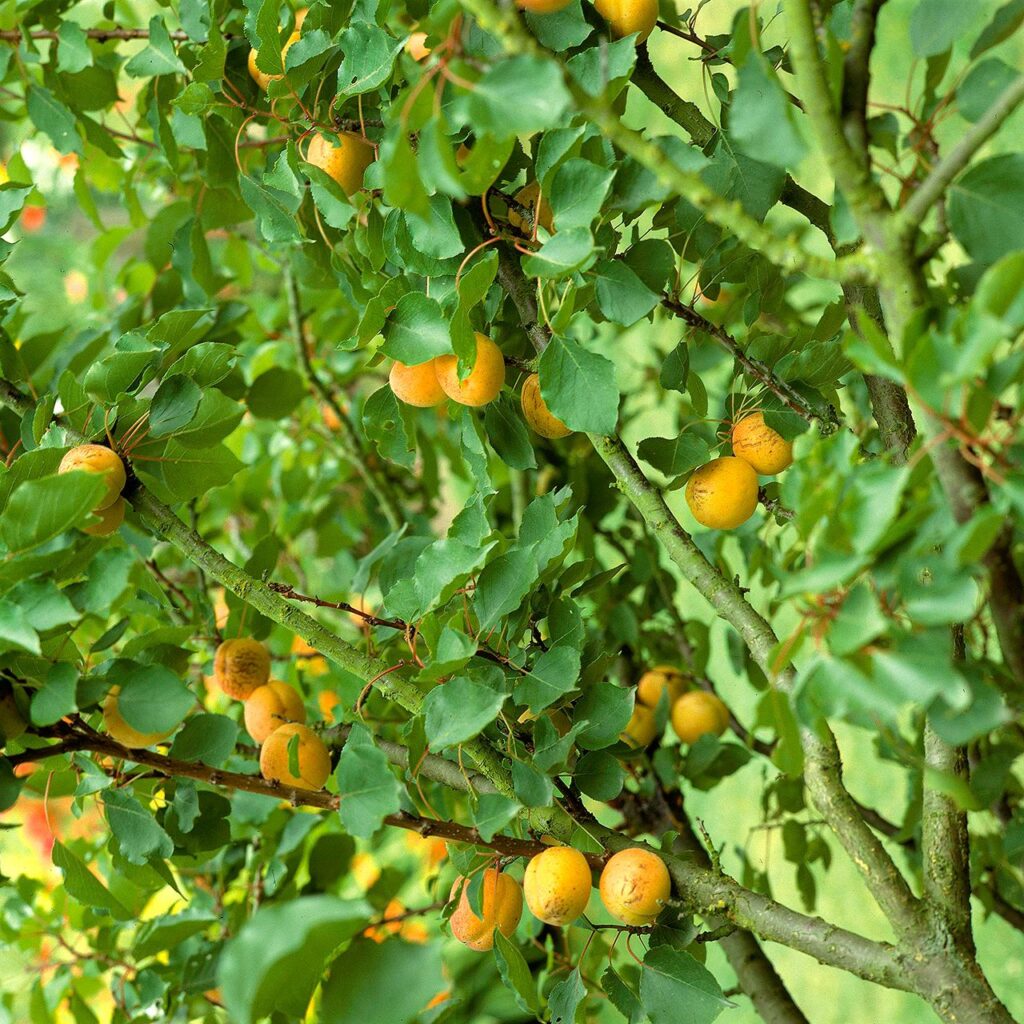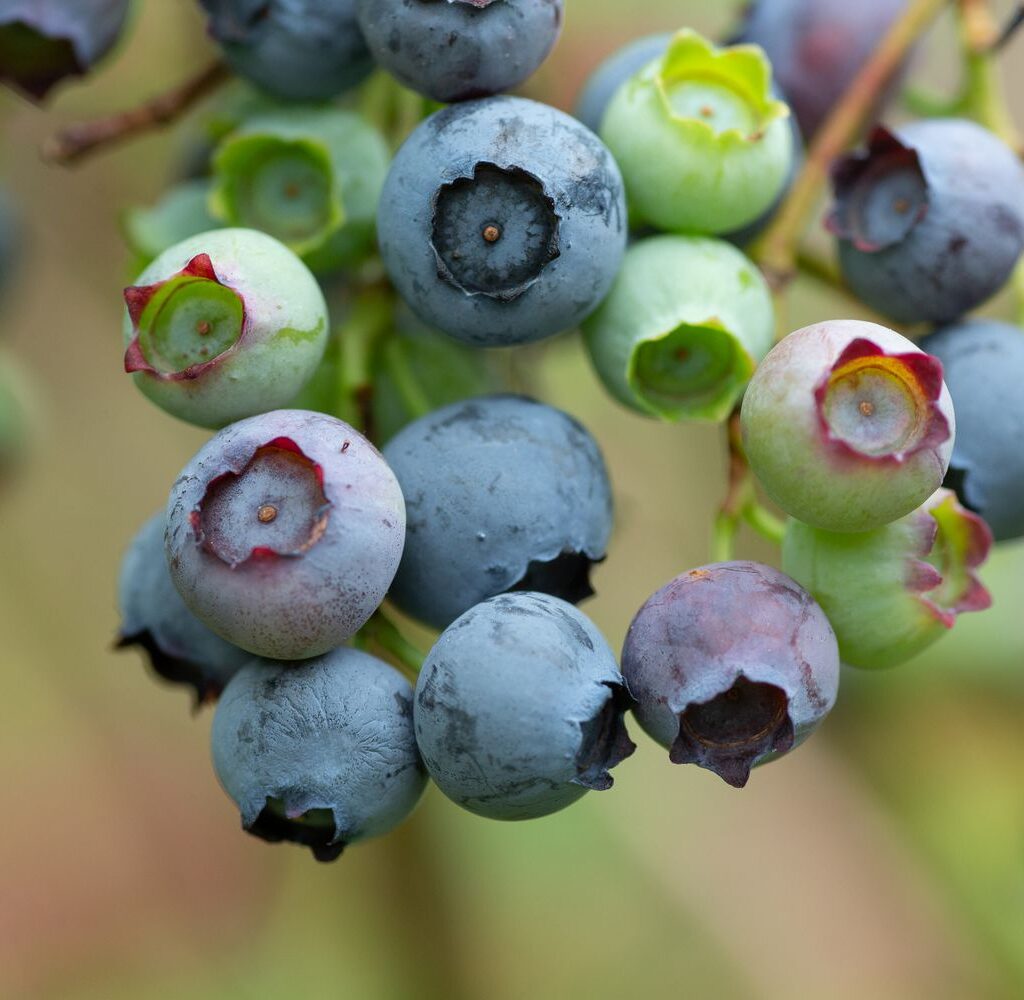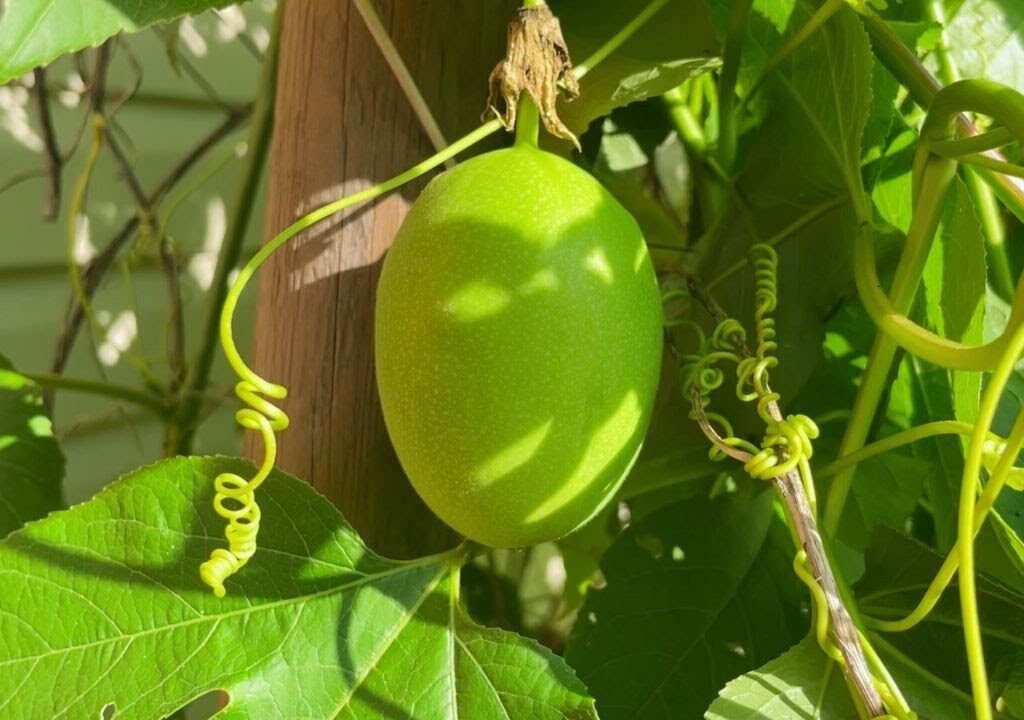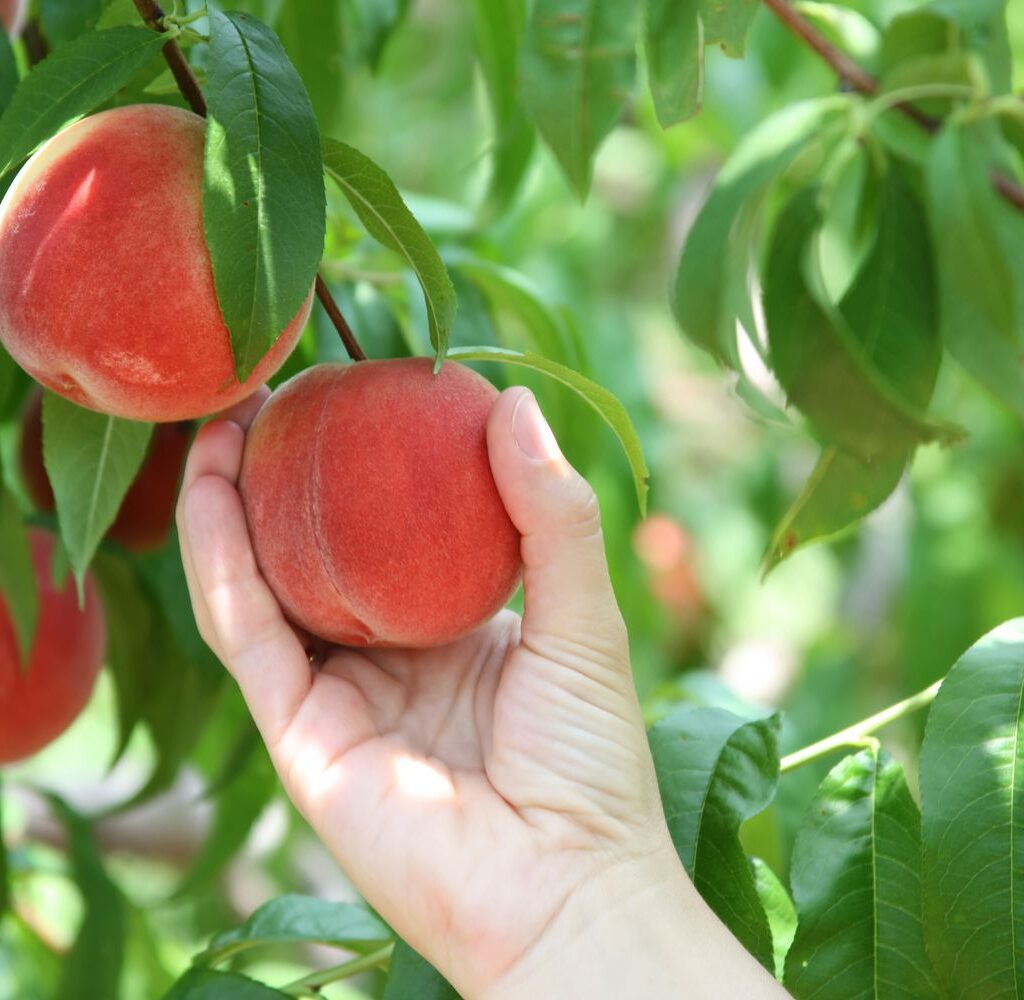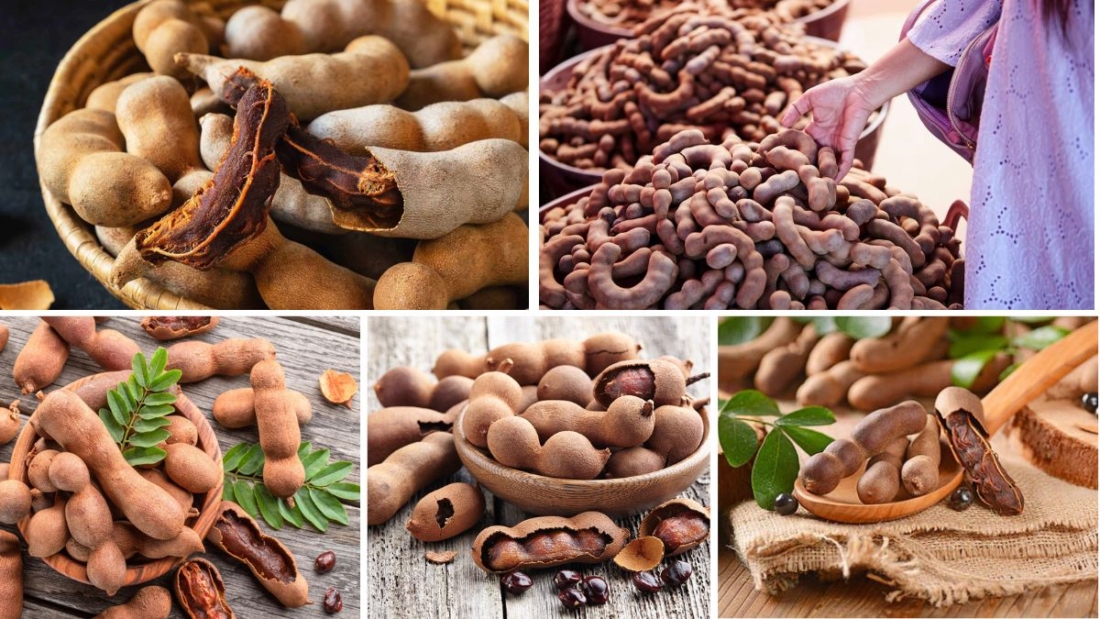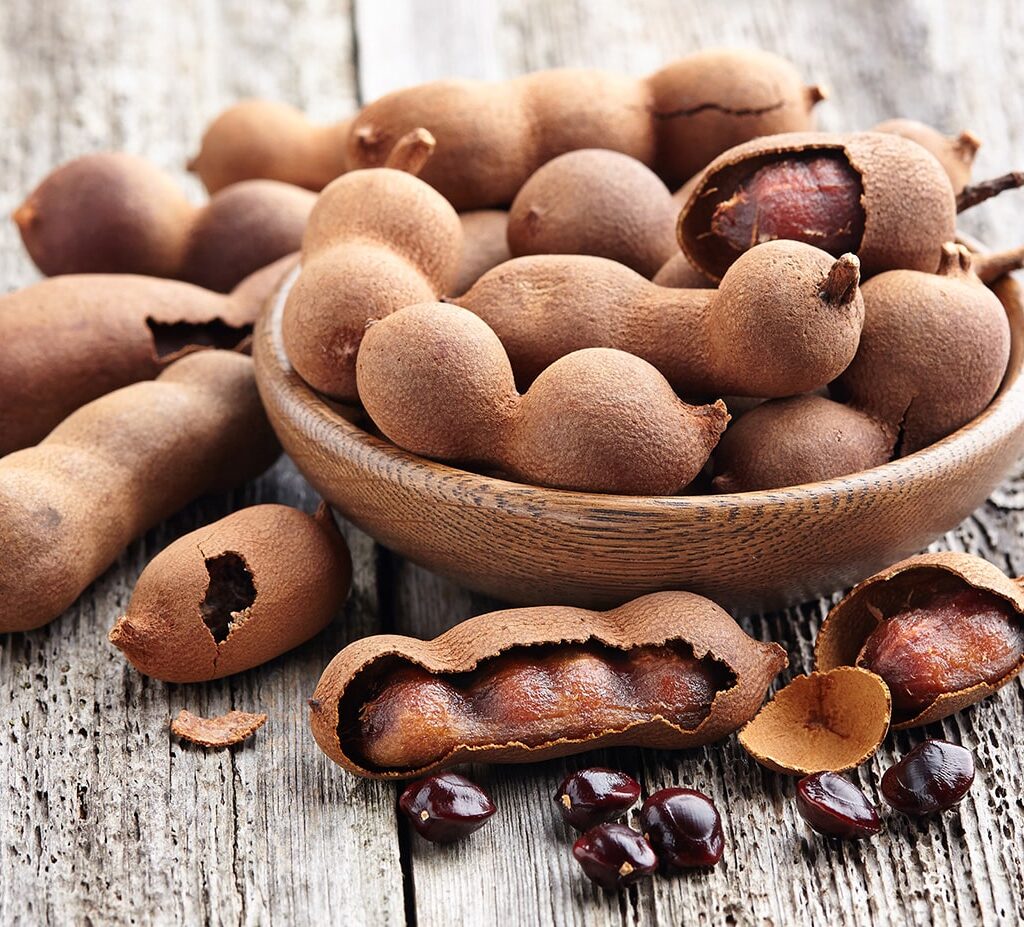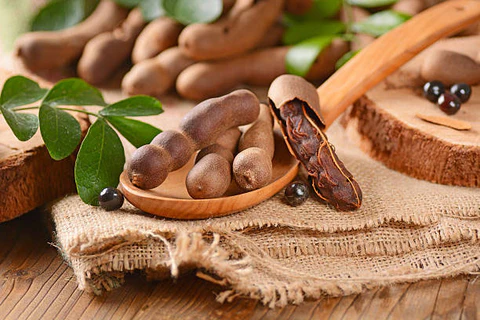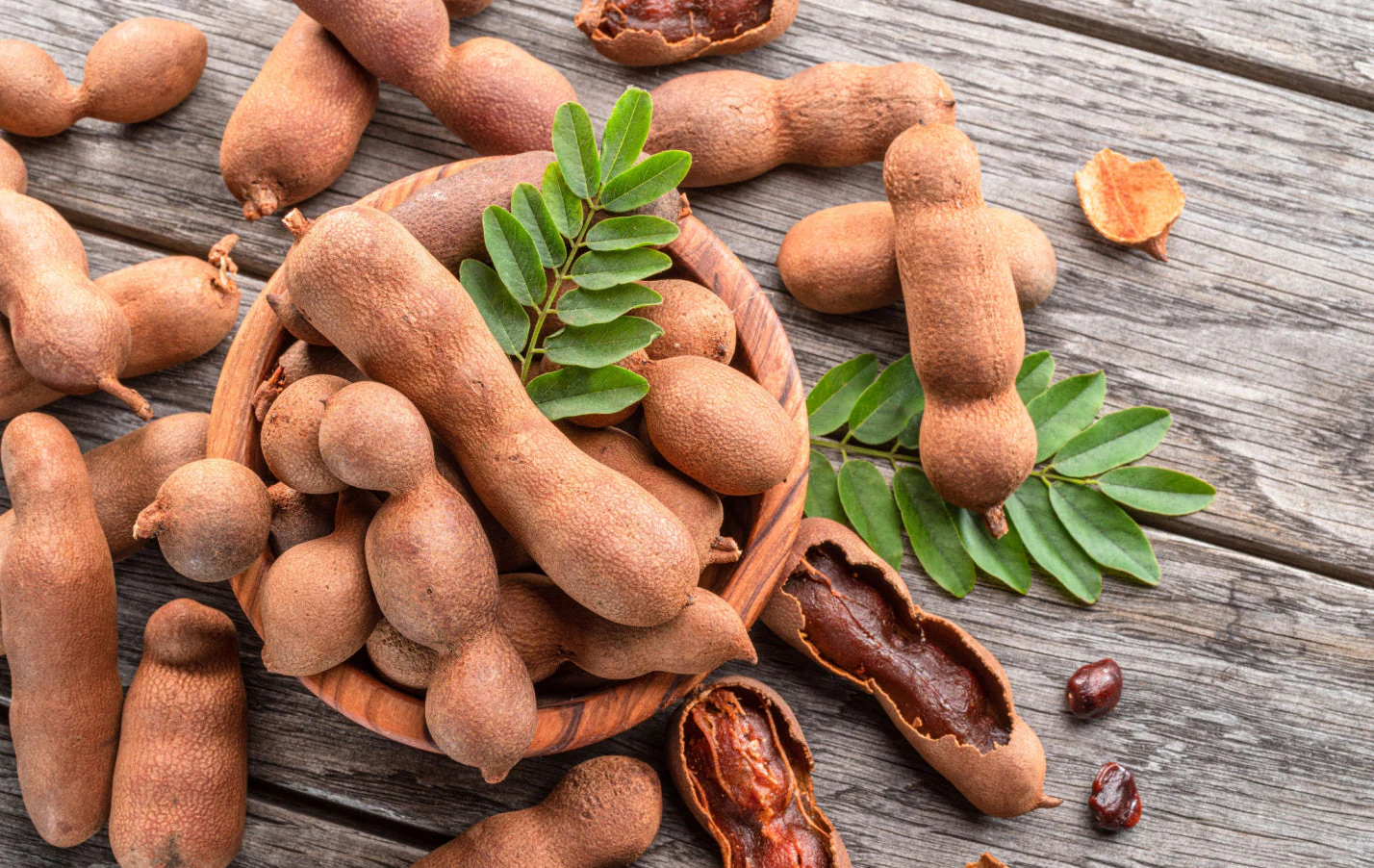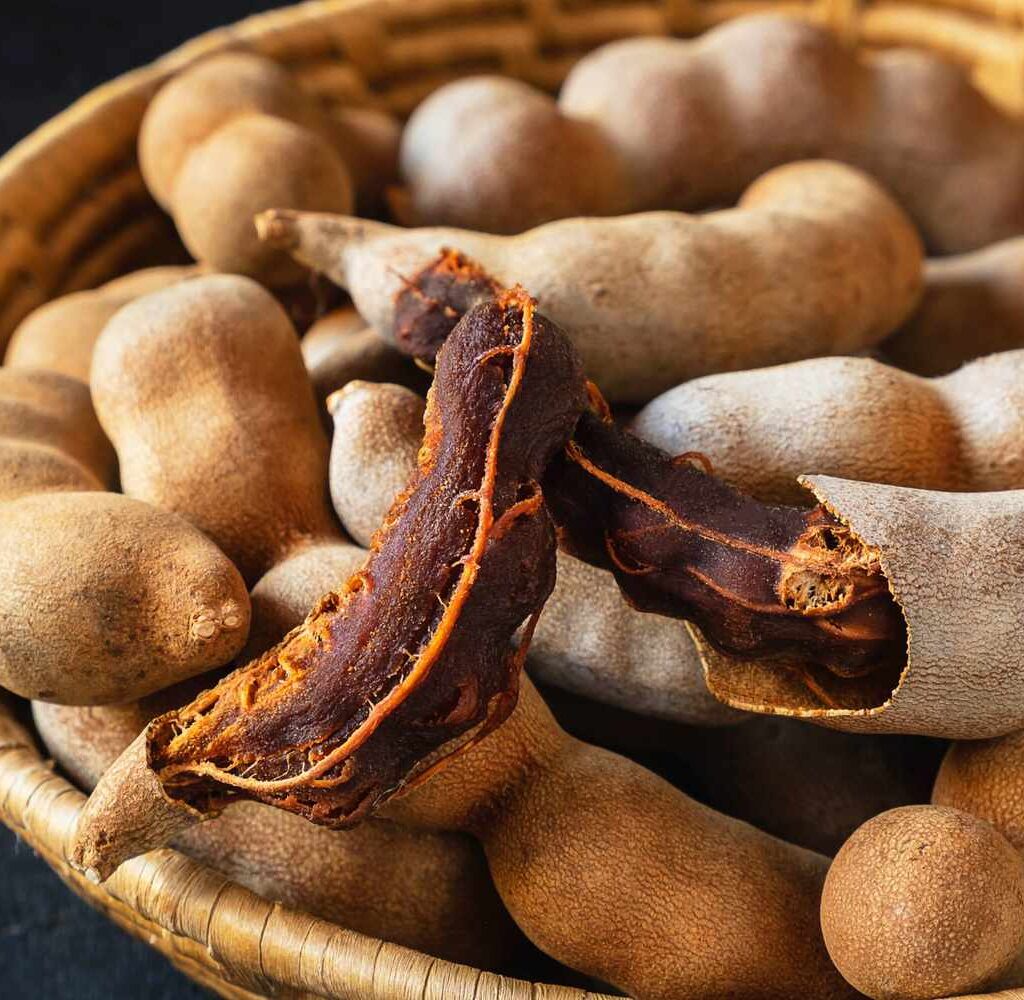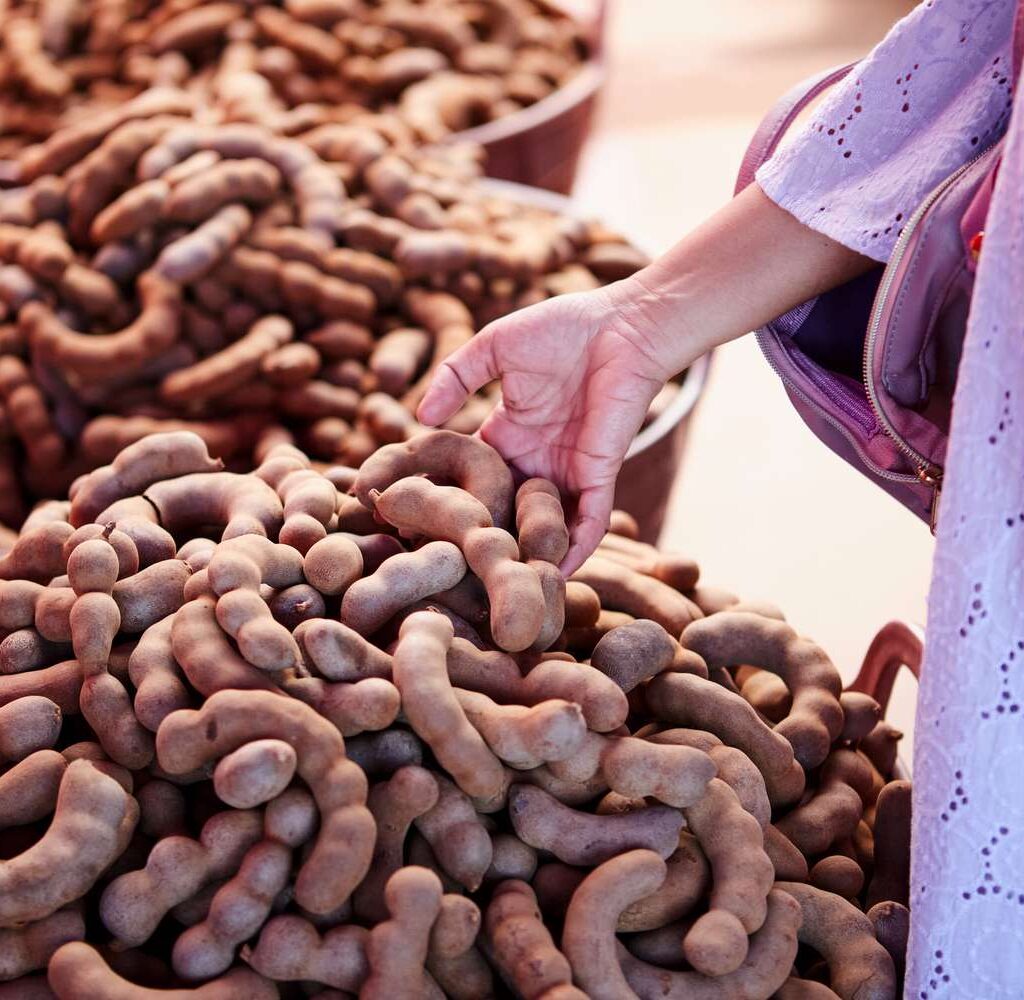Creating a healthy and refreshing indoor environment has become more important than ever in today’s fast-paced urban lifestyle. With rising pollution levels and increased time spent indoors, many people are looking for natural ways to improve air quality. While modern air purifiers are effective, they often lack the holistic benefits that indoor plants bring to a home. Plants not only enhance the beauty of interiors but also play a critical role in purifying the air and boosting oxygen levels.
Certain houseplants are particularly efficient at photosynthesis, meaning they absorb carbon dioxide and release high amounts of oxygen. Some also remove harmful toxins like benzene, trichloroethylene, and formaldehyde, creating a fresher and more breathable atmosphere. This article explores the best plants for boosting oxygen levels at home, their unique benefits, and tips for caring for them.
Why Choose Plants to Increase Oxygen Levels?

Before diving into the plant list, it’s important to understand why plants are a natural choice for oxygen enrichment at home:
- Continuous Oxygen Supply – Plants absorb carbon dioxide during the day and release oxygen, ensuring a steady supply of fresh air.
- Toxin Removal – Many indoor plants are proven to filter common toxins released by furniture, paints, and electronics.
- Humidity Regulation – Plants release water vapor through transpiration, balancing indoor humidity.
- Psychological Benefits – Studies show that greenery reduces stress, boosts productivity, and improves mental well-being.
- Cost-Effective Solution – Unlike air purifiers, plants require no electricity and minimal maintenance.
With these benefits in mind, let’s look at the top oxygen-boosting plants for your home.
1. Areca Palm (Dypsis lutescens) – The Humidifier Plant

The Areca Palm is one of the best indoor plants for boosting oxygen and maintaining fresh air. Native to Madagascar, this graceful plant with feathery fronds not only produces abundant oxygen but also acts as a natural humidifier.
Benefits:
- Produces a high amount of oxygen during the day.
- Removes harmful toxins such as formaldehyde, toluene, and xylene.
- Keeps indoor humidity at optimal levels, preventing dry skin and respiratory issues.
Care Tips:
- Place in bright, indirect sunlight.
- Water regularly but avoid waterlogging.
- Wipe the leaves occasionally to keep them dust-free.
Perfect for living rooms and bedrooms, Areca Palms create a tropical feel while improving oxygen levels.
2. Snake Plant (Sansevieria trifasciata) – The Night-Time Oxygen Booster
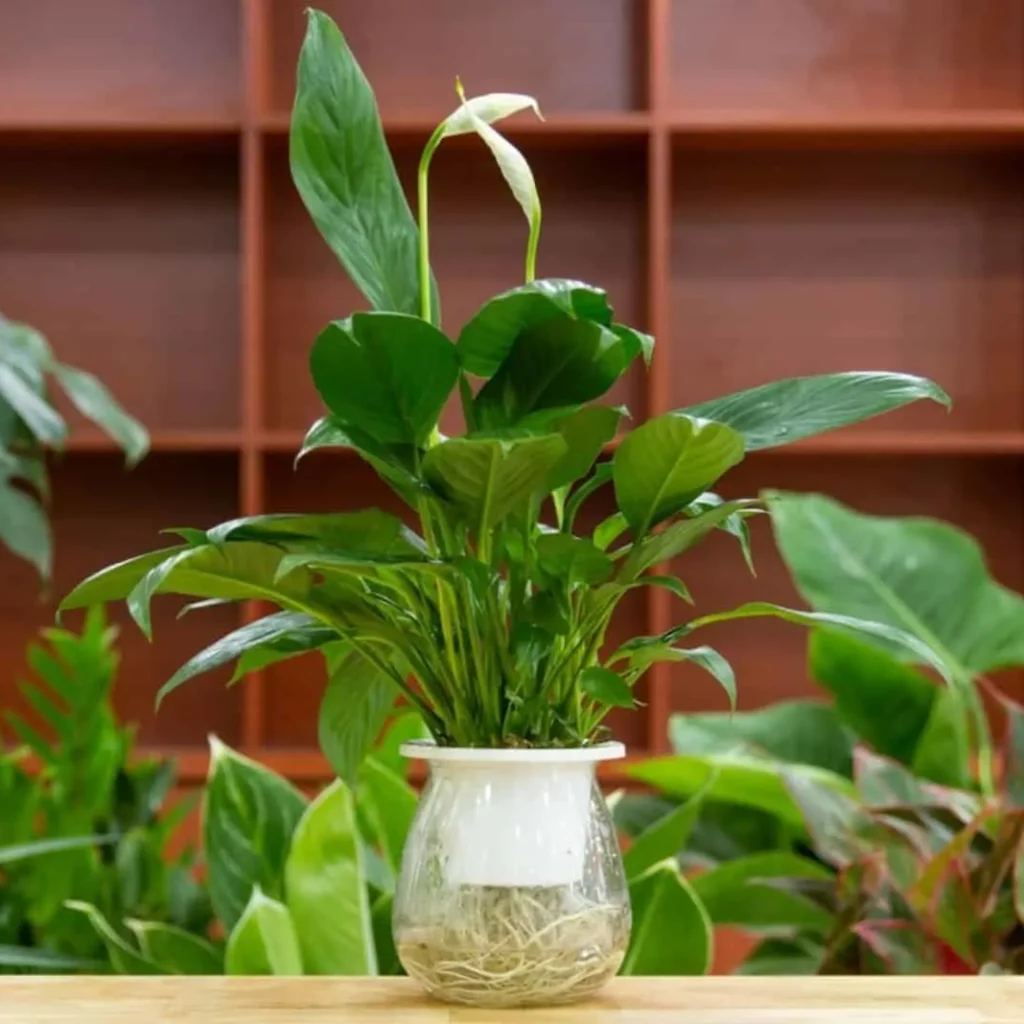
Also known as Mother-in-law’s Tongue, the Snake Plant is unique because it continues to produce oxygen even at night, unlike most plants. This makes it ideal for bedrooms, where it can improve air quality while you sleep.
Benefits:
- Removes toxins such as benzene, formaldehyde, and trichloroethylene.
- Releases oxygen 24/7, including nighttime.
- Extremely hardy and low-maintenance.
Care Tips:
- Tolerates low light, though it thrives in indirect sunlight.
- Water only when the soil is completely dry.
- Requires very little attention, making it perfect for busy homeowners.
For a healthier sleep environment, placing a Snake Plant in your bedroom is highly recommended.
3. Aloe Vera – The Healing Oxygen Plant
Known as the plant of immortality, Aloe Vera is not only famous for its medicinal gel but also its ability to boost oxygen and purify the air. Aloe Vera releases oxygen at night, similar to the Snake Plant, making it another excellent bedroom plant.
Benefits:
- Improves oxygen levels during nighttime.
- Absorbs toxins like formaldehyde and benzene.
- Provides medicinal benefits – aloe gel is widely used for burns, wounds, and skin care.
Care Tips:
- Requires bright, indirect sunlight.
- Water sparingly – Aloe Vera thrives in dry conditions.
- Keep in a well-drained pot to prevent root rot.
Adding Aloe Vera to your home ensures both health and healing benefits.
4. Money Plant (Epipremnum aureum) – The Prosperity Plant

The Money Plant, also called Golden Pothos or Devil’s Ivy, is one of the most popular indoor plants due to its aesthetic appeal and air-purifying properties. It is considered a lucky plant in many cultures, believed to attract wealth and prosperity.
Benefits:
- Releases abundant oxygen, improving air freshness.
- Filters indoor pollutants such as carbon monoxide, benzene, and formaldehyde.
- Easy to grow in soil or water, making it versatile.
Care Tips:
- Thrives in indirect sunlight but can tolerate low-light conditions.
- Water once a week or when the top soil feels dry.
- Can be trained to climb walls, trellises, or grow in hanging pots.
The Money Plant is a multi-functional plant that enhances oxygen while adding charm and luck to your home.
5. Tulsi (Holy Basil) – The Spiritual Oxygen Plant
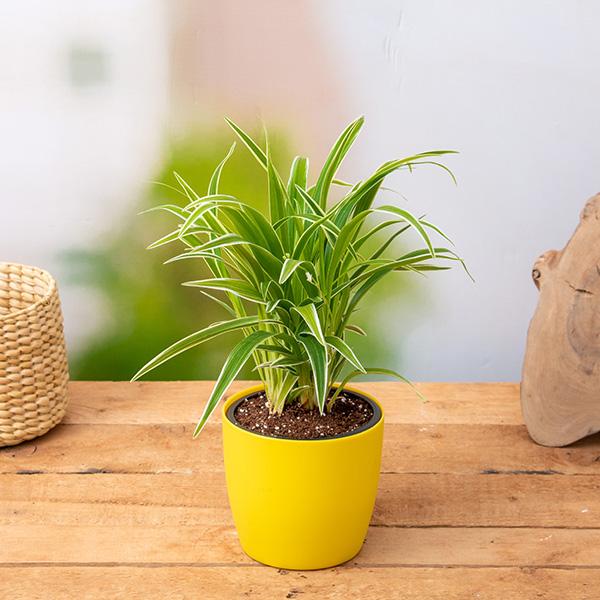
In Indian households, Tulsi is not just a plant but a sacred presence. Scientifically known as Ocimum tenuiflorum, Tulsi is revered for its spiritual and medicinal properties. It is also an excellent oxygen-producing plant.
Benefits:
- Releases oxygen throughout the day and night.
- Known for its antibacterial and medicinal qualities.
- Helps reduce stress and strengthens the immune system.
Care Tips:
- Requires direct sunlight for at least 4–6 hours daily.
- Water regularly but avoid overwatering.
- Ideal for growing in a clay or earthen pot.
Tulsi is perfect for those who want a plant that provides spiritual, medicinal, and environmental benefits all in one.
6. Peace Lily (Spathiphyllum) – The Elegant Oxygen Enhancer
The Peace Lily is a beautiful flowering plant that not only elevates home décor but also significantly improves indoor air quality.
Benefits:
- Produces oxygen and removes toxins such as ammonia, benzene, and formaldehyde.
- Adds elegance with its glossy leaves and white blooms.
- Helps maintain indoor humidity.
Care Tips:
- Thrives in low to medium light.
- Keep the soil moist but not soggy.
- Clean the leaves regularly to enhance their air-purifying ability.
The Peace Lily is a stylish and functional plant for modern homes.
7. Gerbera Daisy – The Oxygen Bloom
Known for its bright and colorful flowers, the Gerbera Daisy is one of the best flowering plants for oxygen production.
Benefits:
- Produces high levels of oxygen both during the day and night.
- Removes harmful toxins like benzene and trichloroethylene.
- Adds vibrant colors to your home décor.
Care Tips:
- Requires bright, direct sunlight.
- Water thoroughly but let the soil dry slightly before watering again.
- Best grown in well-draining soil.
If you want a decorative plant that doubles as an oxygen booster, Gerbera Daisy is a top choice.
Tips for Maximizing Oxygen Production at Home
- Use Multiple Plants – Grouping plants together improves overall oxygen levels in a room.
- Choose Plants with Night-Time Oxygen Release – Snake Plant and Aloe Vera are great for bedrooms.
- Maintain Plant Health – Healthy plants release more oxygen, so regular care is crucial.
- Place Plants Strategically – Position them in living rooms, kitchens, and bedrooms where you spend the most time.
- Mix Functional and Decorative Plants – Combine oxygen-rich plants with flowering or decorative ones for balance.
Conclusion
Plants are not just decorative additions to your home—they are natural oxygen machines that bring health, beauty, and positivity into your living space. From the oxygen-rich Areca Palm to the sacred Tulsi, each plant offers unique benefits while making your surroundings more refreshing. By carefully selecting and arranging these plants in your home, you can significantly improve air quality, reduce toxins, and enjoy a healthier lifestyle.
If you’re looking for a natural, cost-effective, and aesthetically pleasing way to boost oxygen levels at home, incorporating these plants into your daily life is the perfect solution.







